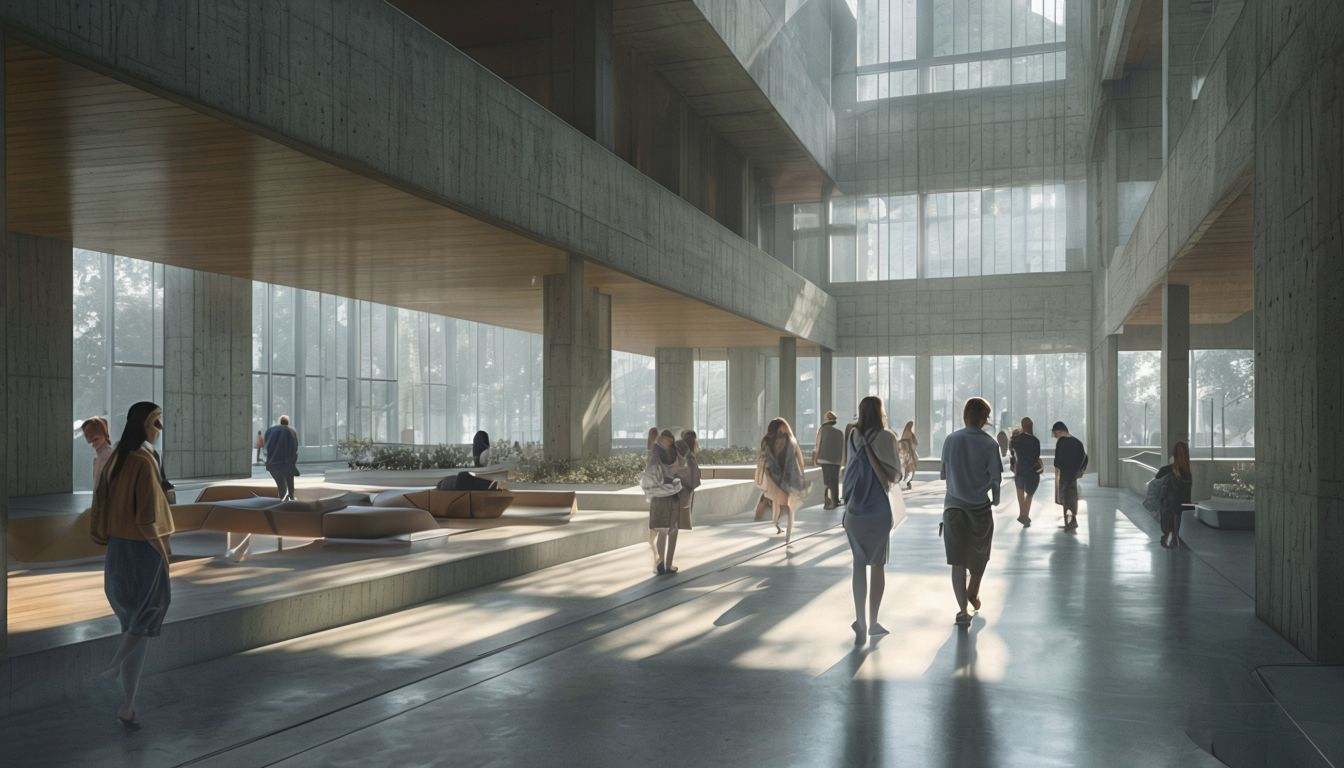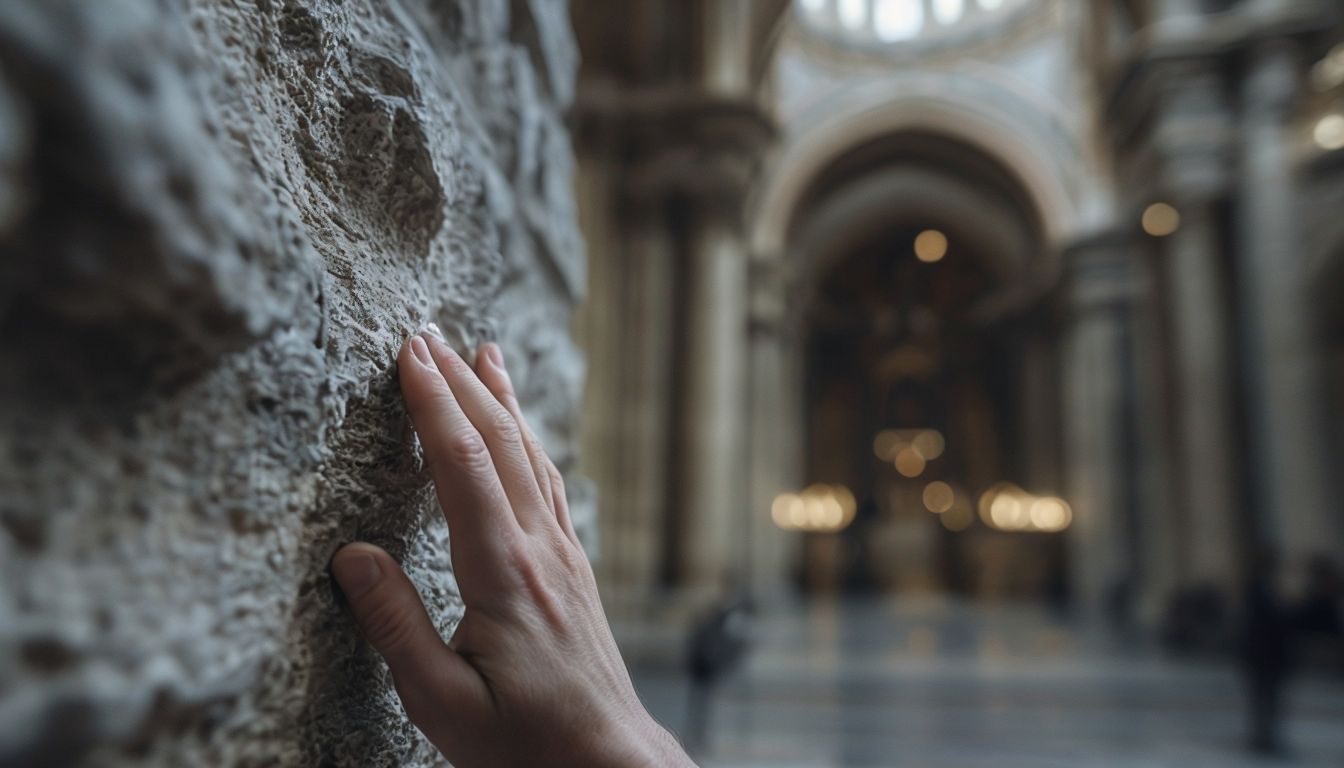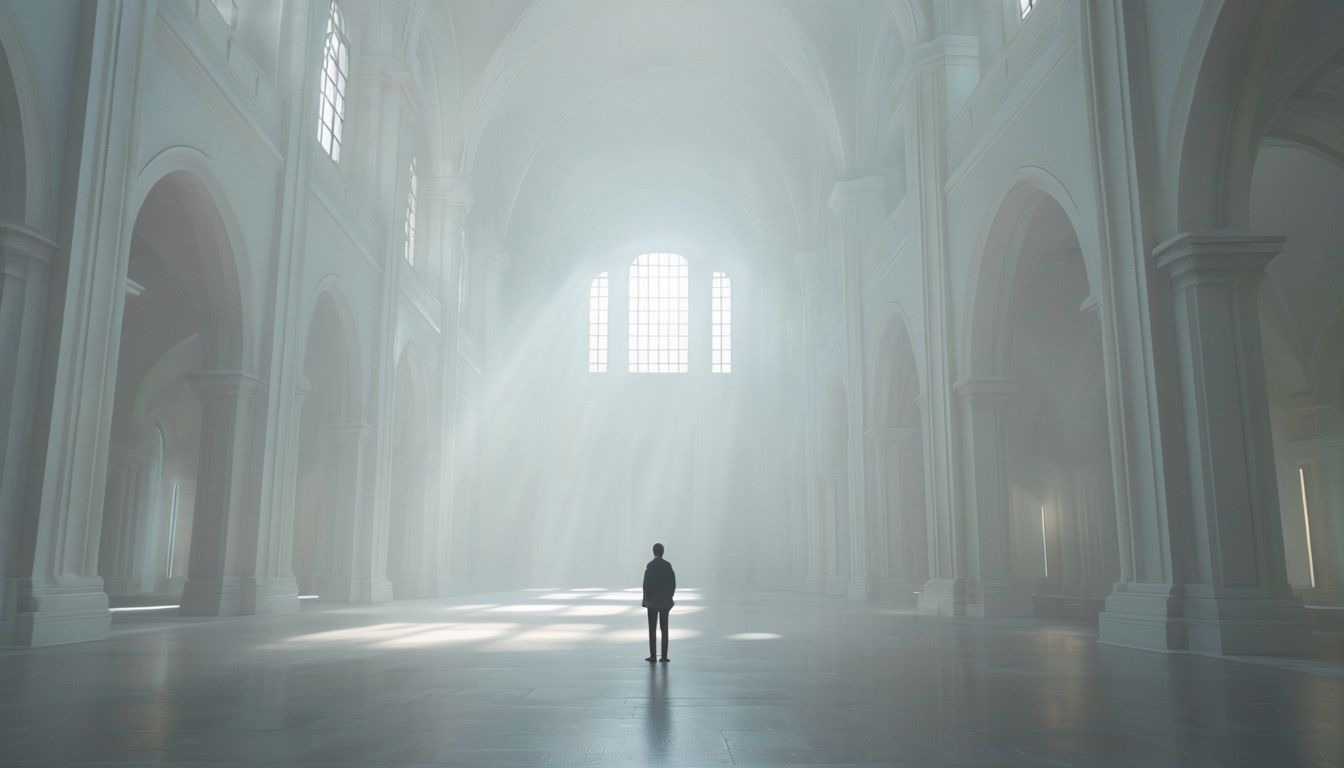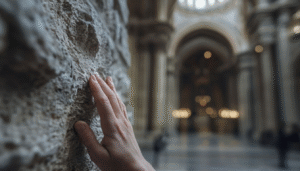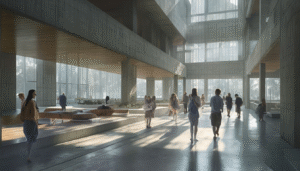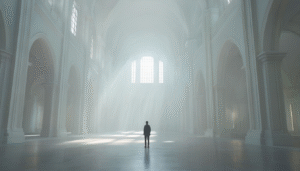THE ART OF SPACE
"Architecture is not about space but about time."
— Vito Acconci
HOW ARCHITECTURE SHAPES HUMAN EXPERIENCE
Introduction
Architecture is not merely about shapes, structures, or materials; it is a silent art that shapes how we live, feel, and relate to the world around us. Too often, we move through built spaces without questioning how they affect our emotions, our sense of time, or even our identity. Yet, as embodied and sensitive beings, our experience of space is not simply visual—it is tactile, auditory, olfactory, emotional.
This essay explores how architecture molds human experience through a sensory and empathetic lens, drawing from Juhani Pallasmaa’s The Eyes of the Skin and Harry Francis Mallgrave’s Architecture and Empathy. Through a deep reflection, I seek to understand how built environments can reconnect us with ourselves and with others.
The Body as a Receptor of Space
In a world increasingly dominated by the visual, architecture has often favored sight over full-body experience. Pallasmaa critiques this modern “ocularcentrism” and invites us to rediscover architecture as a fully embodied art. It is not the same to see a cathedral from the outside as it is to dwell within it. We don’t merely observe a house; we inhabit it—we smell it, hear it, touch it.
Our senses, when engaged together, allow us to feel space as something alive, intimate, and emotional. Materials speak: aged stone tells stories, wood creaks with ancestral memory. Walking barefoot on a warm surface, or hearing the echo of one’s footsteps in a quiet corridor, space becomes something we internalize.
Architecture, then, doesn’t simply surround us—it touches us. It enters our awareness and stays there, sometimes long after we’ve left the place behind.
Spatial Empathy and Architecture as Human Extension
Mallgrave complements this sensory view with insights from neuroscience, introducing the concept of empathy in architecture. Human beings are innately empathetic; we emotionally respond not just to people, but also to spaces. Environments can calm or agitate, uplift or depress. A hospital can feel sterile and cold—or it can be designed to comfort and dignify. A school can feel oppressive—or be a place of freedom and discovery.
Architectural empathy is not merely aesthetic or functional; it is ethical. Designing with empathy means thinking about others—their bodies, their emotions, their lived realities. How will a vulnerable person feel in this space? What feelings might it evoke in someone grieving, or someone waiting? For Mallgrave, understanding these responses is a crucial part of the architect’s responsibility.
Space as a Mirror of the Self
Experiencing space is also a path to self-awareness. Certain places allow us to find ourselves. A quiet library, a plaza at sunset, a small room with an open window—these can become stages for introspection. As Pallasmaa writes, “Architecture has the capacity to make us experience ourselves as complete embodied beings in the world.”
When a space is well-designed, it doesn’t just meet our practical needs—it resonates with our humanity. It grounds us in the present moment. It makes us feel whole. In those moments, space transforms into art—a medium for deep connection with what we are, and what we might become.
Toward an Architecture of Care
This essay does not seek to romanticize architecture, but rather to reclaim its transformative potential. Architecture, as the art of dwelling, can be an act of care—care for the body, the soul, and the other. Both Pallasmaa and Mallgrave argue for an architecture that thinks beyond efficiency and style, and instead prioritizes experience and empathy. An architecture that remembers that behind every wall, there is a human story.
In a fragmented world marked by speed, alienation, and technological disconnection, we urgently need a return to the body, to touch, to silence, to detail. We need spaces that invite encounter, that shelter us, that inspire us. Spaces that remind us we are alive.
Conclusion
Architecture is not a neutral backdrop—it is an active force shaping our lives. Through the senses and through empathy, the spaces we inhabit become extensions of ourselves. Just as art can move us, good architecture can transform us.
This essay has aimed to show, from a reflective lens, how the art of space can be a tool to cultivate presence, humanity, and connection. Because in the end, to inhabit is not just to occupy a place—it is to feel at home in the world
